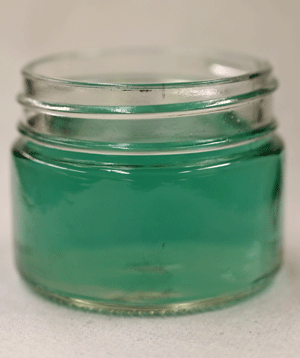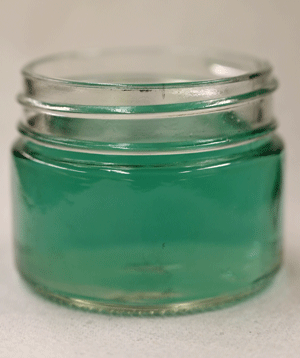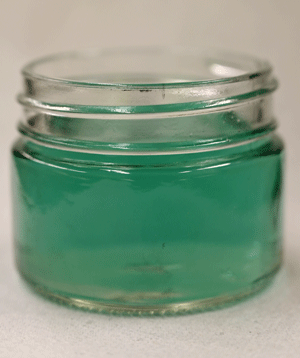Photosynthesis: The Cycling of Matter Into and Out of Organisms
This virtual lesson was developed to supplement the FLINN Scientific Lab: Respiration versus Photosynthesis.
Teachers: Request an Answer KEY
Teachers: Link to the PD session overviewing this activity
Learning Objectives:
- Students will understand and describe how an acid/base indicator works.
- Students will make observations of a system and determine whether photosynthesis or respiration is taking place.
- Students will describe the cycle of matter into and out of organisms within a system.
OVERVIEW:
Link to Google Doc Guided Notes worksheet
Plants and animals have many similarities when it comes to what they need to survive. Both need water and air. We often think of animals using oxygen and glucose for cellular respiration and producing carbon dioxide. Similarly, we might think of plants using carbon dioxide and sunlight for photosynthesis and producing oxygen and glucose.
How can we determine whether carbon dioxide is actually being used or expelled by a plant or an animal?
Carbon dioxide dissolves in (and reacts with) water, forming carbonic acid. As this acid forms, it breaks down (dissociates) into a hydrogen ion and a bicarbonate ion. The hydrogen ion (produced when carbonic acid decomposes) LOWERS the pH of the solution. This means the solution becomes more acidic.
We can visually observe the pH of a carbonic acid solution by using a pH indicator known as bromthymol blue (BTB). BTB is green when the pH of a solution is neutral (pH between 6.0 and 7.6). If a BTB solution becomes more acidic, the solution changes to a yellow color (BTB is yellow at pH <6). (The more carbon dioxide that dissolves in water, the more acidic the solution will become.)
As carbon dioxide is removed from solution, the pH of that solution RISES (the solution becomes less acidic and more basic). If a BTB solution becomes more basic, the solution changes to a blue color (BTB is blue at pH > 7.6). (The more carbon dioxide that is removed from solution, the more basic the solution will become.)
In this virtual lab, we will be creating several different systems with a combination of plants, animals, and a BTB solution. The BTB will help to visually detect whether carbon dioxide is present in each system.
PROCEDURE:
*For in-person lab: Students should wear chemical splash goggles, and follow all other normal laboratory guidelines.
Obtain eight bottles and number the bottles 1–8. Fill each about 4⁄5 full with spring water. (We used a bottled, 100% natural spring water product.)
Add enough of the bromthymol blue indicator solution to each bottle to obtain a green color (about 2–3 mL). BTB should be green in color. Add either a few drops of acid or base to adjust the pH of the BTB.
(We used a few drops of 0.2 M Hydrochloric acid to adjust the pH of the BTB.)
Add the following items to the indicated bottles and cap the bottles tightly:
Bottles Contents
1, 5 Sprig of Elodea
2, 6 Snail
3, 7 Sprig of Elodea and Snail
4, 8 Nothing - this is the control.
Place bottles 1–4 near a light source and place bottles 5–8 in the dark (inside a drawer, for example) for several hours.
DISPOSAL
The snails and Elodea will not be harmed by the BTB solution and can be returned to their place of origin. Snails or Elodea purchased from an outside source should not be released into the local environment. All solutions may be rinsed down the drain with excess water according to Flinn Suggested Disposal Method #26b.
RESULTS:
Link to Google Doc Lab Observation Sheet
| System |
Contents: All bottles contain spring water and pH indicator (Bromthymol blue, BTB) |
Before |
After |
|---|---|---|---|
| 1 | Sprig of Elodea | ||
| 2 | Snail |
|
|
| 3 | Sprig of Elodea and Snail | ||
| 4 | Nothing - this is the control |  |
 |
| 5 | Sprig of Elodea | ||
| 6 | Snail | ||
| 7 | Sprig of Elodea and Snail | ||
| 8 | Nothing- this is the control |  |
 |
ANALYSIS:
Link to Google Doc Data Analysis